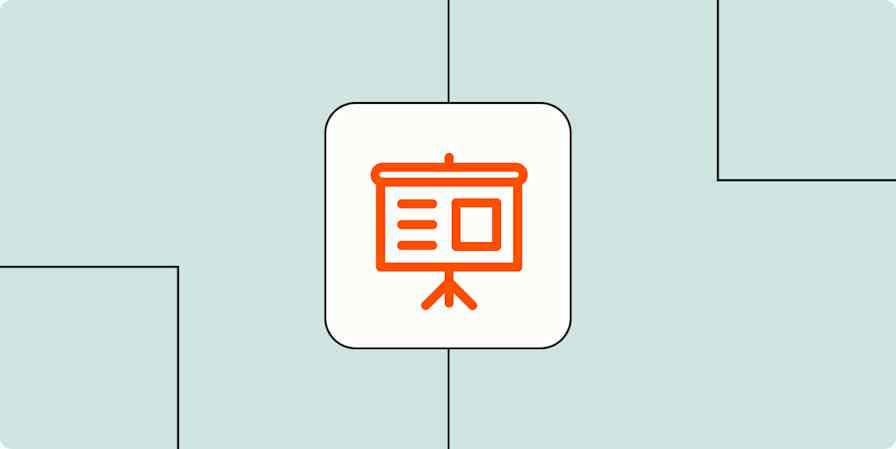Productivity tips
8 min readDeep work: How the concept changed my work life
Here's how to implement deep work in your daily routines.
By Elise Dopson · October 30, 2024

Get productivity tips delivered straight to your inbox
We’ll email you 1-3 times per week—and never share your information.
Related articles
Improve your productivity automatically. Use Zapier to get your apps working together.









